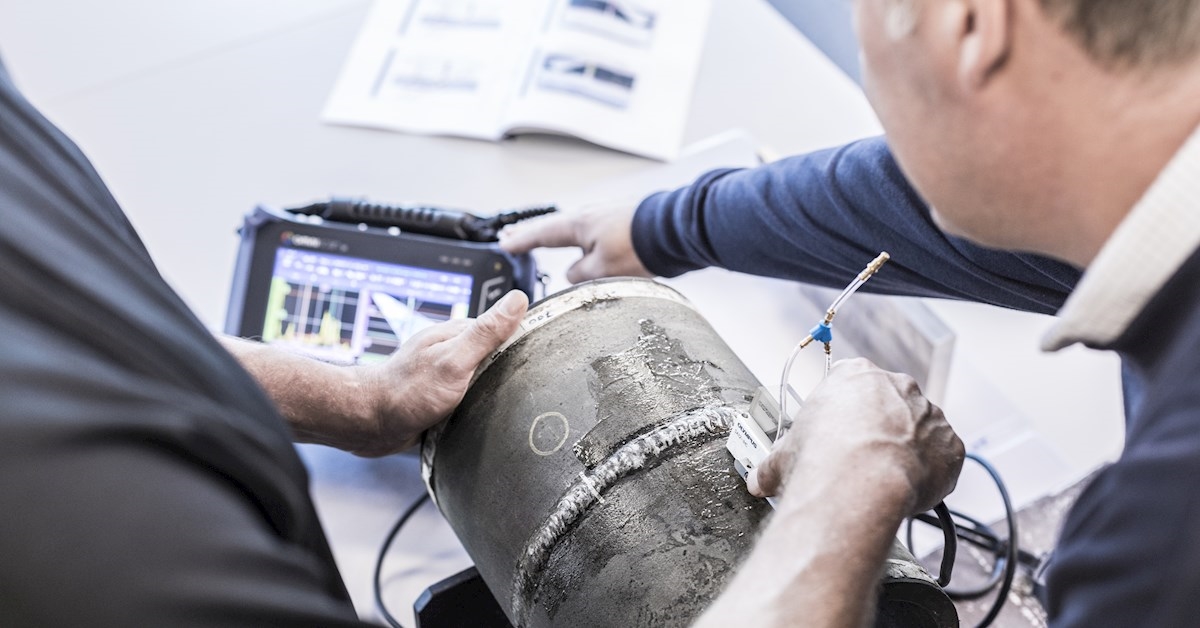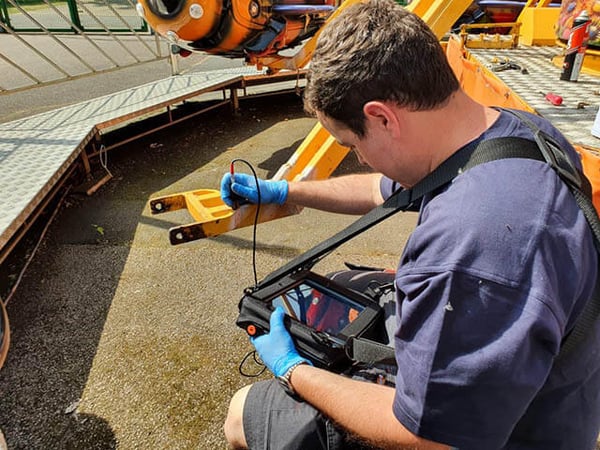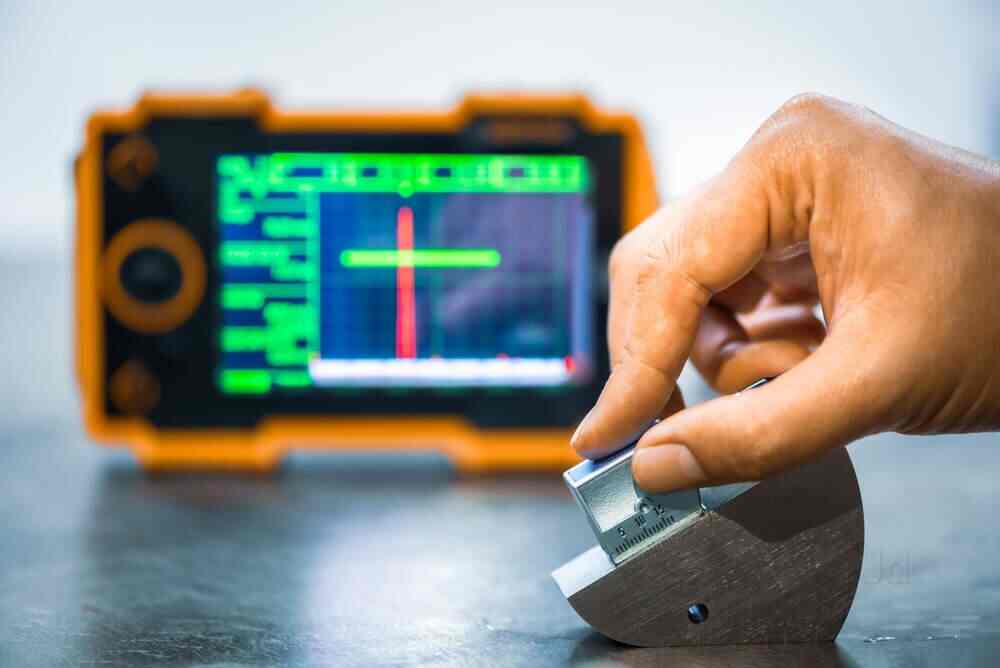In the realm of quality assurance, frequency alignment in calibration plays a pivotal role in guaranteeing the precision and reliability of measurements. This process is crucial for Industry QA Professionals who aim to maintain high standards in their respective fields. With the increasing complexity of modern equipment, understanding and implementing effective frequency alignment strategies is more important than ever.

Understanding Frequency Alignment
Before delving deeper, it’s essential to comprehend what frequency alignment in calibration entails. At its core, it involves adjusting the frequency of an instrument to match a defined standard. This ensures that the instrument provides accurate readings, which is vital for consistent quality assurance.
The Importance of Frequency Alignment
Why is frequency alignment so crucial? The answer lies in the need for accurate measurements. In industries where precision is paramount, even minor discrepancies can lead to significant errors. Proper alignment ensures that instruments operate within their specified limits, reducing the risk of errors.
Applications in Various Industries
Frequency alignment is not limited to a single sector. From healthcare to aerospace, numerous industries rely on accurate measurements. For instance, in the medical field, precise instrument calibration can mean the difference between a correct diagnosis and a misdiagnosis. Similarly, in aerospace, accurate frequency alignment ensures the safe operation of aircraft systems.
Steps to Achieve Frequency Alignment
Achieving frequency alignment in calibration involves several key steps:
1. Initial Assessment
Before calibration begins, it’s crucial to assess the current state of the instrument. This involves checking for any visible signs of wear or damage that might affect its performance.
2. Reference Standard Selection
Choosing the right reference standard is vital. This standard should be traceable and recognized to ensure the accuracy of the calibration process.
3. Adjustment and Calibration
Once the reference standard is selected, the actual alignment can begin. This involves adjusting the instrument’s frequency to match the standard. It’s essential to document this process meticulously to ensure traceability.
4. Verification
After calibration, the instrument should be tested to verify its accuracy. This step is crucial in confirming that the alignment was successful and that the instrument meets the required standards.
Challenges in Frequency Alignment
Despite its importance, achieving precise frequency alignment in calibration is not without challenges. One common issue is the availability of suitable reference standards, especially for specialized equipment. Additionally, environmental factors such as temperature fluctuations can affect the calibration process.
Overcoming These Challenges
To address these challenges, it’s essential to have a robust calibration strategy. This includes regular training for personnel, investing in high-quality reference standards, and maintaining a controlled environment during calibration.
The Role of Technology
As technology advances, it offers new solutions for frequency alignment. Automated calibration systems, for instance, can provide more consistent results and reduce human error. Furthermore, digital calibration certificates enhance traceability and record-keeping.
Impacts of Proper Frequency Alignment
When done correctly, frequency alignment in calibration can lead to numerous benefits. These include improved measurement accuracy, reduced downtime due to equipment errors, and increased confidence in measurement results.
For more insights on how synchronization improves inspection accuracy, you can visit this link.
Case Studies
Several organizations have benefited from effective frequency alignment strategies. A notable example is the aerospace industry, where precise calibration is critical for safety. By implementing robust alignment protocols, companies have seen a significant reduction in measurement errors and improved operational efficiency.
Future Trends in Frequency Alignment
The future of frequency alignment in calibration looks promising. With advancements in artificial intelligence and machine learning, we can expect more automated and precise calibration processes. These technologies will likely play a significant role in shaping the future of quality assurance.
Conclusion
In conclusion, frequency alignment in calibration is a critical component of quality assurance. By understanding its importance and implementing effective strategies, Industry QA Professionals can ensure that their instruments provide accurate and reliable measurements. As technology continues to evolve, staying informed about the latest trends and innovations will be crucial for maintaining high standards of precision and reliability.

FAQs
1. What is frequency alignment in calibration?
Frequency alignment in calibration involves adjusting an instrument’s frequency to match a defined standard, ensuring accurate measurements.
2. Why is frequency alignment important?
It is crucial for ensuring accurate measurements, which are vital for maintaining quality standards in various industries.
3. What challenges are associated with frequency alignment?
Challenges include the availability of suitable reference standards and environmental factors affecting the calibration process. For more information, visit this link.
This article contains affiliate links. We may earn a commission at no extra cost to you.
